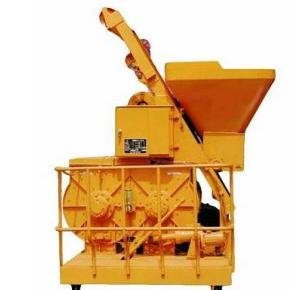
Machining is the process of changing the external dimensions or performance of a workpiece with a processing machine. According to the temperature state of the workpiece being processed, it is divided into cold working and hot working. Generally processed at room temperature, and does not cause changes in the chemical or physical phase of the workpiece, said cold processing. Generally, the processing above or below the normal temperature state will cause changes in the chemical or physical phase of the workpiece, which is called thermal processing. Cold processing according to the difference between processing methods can be divided into cutting and pressure processing.
1. Design steps and requirements: (1) Large batches of production types; (2) Process analysis of parts (using the new national standard); (3) Determination of the type, shape, size and accuracy of the blank; (4) Preparation of the process route. This is a key step in the development of the process specification. Its main tasks are: selection of positioning criteria, determination of the processing methods on each surface, arrangement of processing sequences, determination of the concentration and dispersion of processes, and the arrangement of heat treatment, inspection and Other ancillary processes. When formulating the process route, generally several possible solutions are proposed, and analysis and comparison are conducted to determine the best solution. (5) Equipment used in the process is determined.
2. When selecting the machine tool, the following basic principles should be noted: 1 The machining size range of the machine tool should be compatible with the external dimensions of the workpiece. 2 The accuracy of the machine tool should be compatible with the accuracy required by the process. 3 The productivity of the machine tool should be compatible with the production type of the workpiece. If the size of the workpiece is too large and the accuracy is too high and there is no suitable equipment to choose from, consider retooling or designing a special machine. At this time, the machine tool modification (or design) task book needs to be put forward according to the specific process, and the necessary data and data related to the process processing should be proposed in the task book. For example: process dimensions, process tolerances and technical requirements, the positioning of the workpiece, clamping pressure, as well as the overall layout of the machine tool, machine tool productivity, etc.; (6) determine the process equipment used in each process.
3. The following points should be noted when selecting process equipment: 1 Selection of fixtures. 2 pairs of tool selection: Under normal circumstances should try to use standard tools. When machining on a combined machine tool, production is organized according to the principle of process concentration, and special composite tools can be used. 3 The choice of measuring tools: Measuring tools are mainly selected based on the type of production and the required inspection accuracy. General fixtures shall be used in the production of small batches. In mass production, limit gauges, high productivity inspection fixtures, and inspection instruments shall be used. (7) The machining allowances of each process shall be determined, and the process dimensions and tolerances shall be calculated; (8) Each process shall be determined. The amount of cutting. However, for high-volume assembly line production, especially for automatic line production, the cutting amount is required for each process and step in order to calculate the cycle time of each process. (9) determine the time quota; (10) fill in the process documentation.
Parallel Twin Screw & Barrel,Extruder Double Screw Barrel,Parallel Double Screw Barrel For Extruder,Plastic Twin Extruder Screw And Barrel
Zhoushan OSD Machinery Co., Ltd. , https://www.osdscrew.com